CN Reader Poll: Vote for best tech innovation and win!
Enter for a chance to win Dan Martin's Cervelo
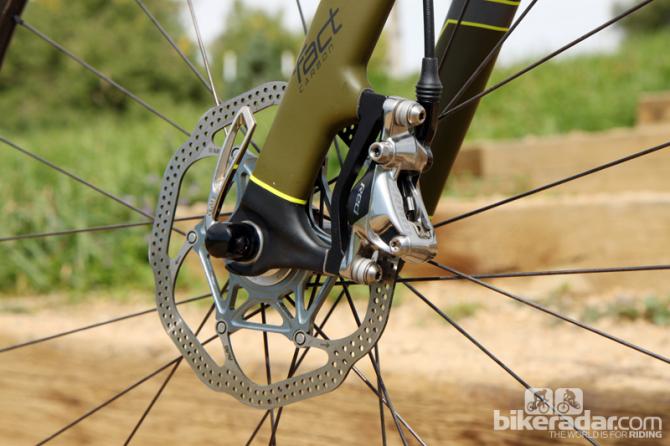

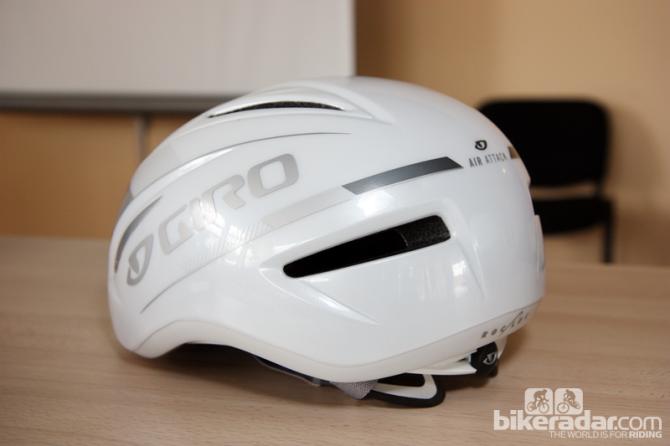
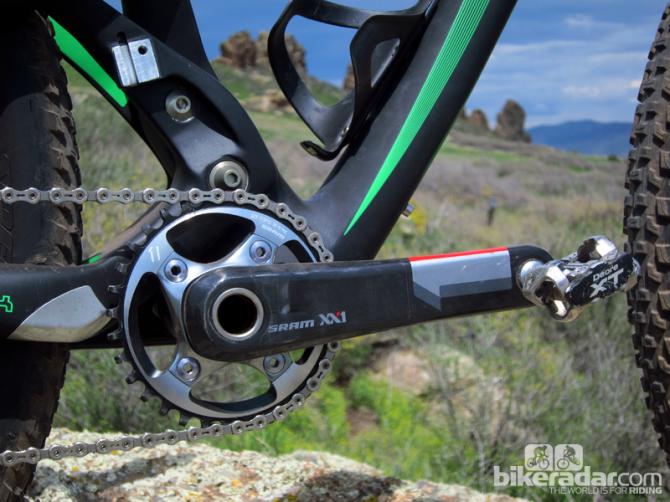
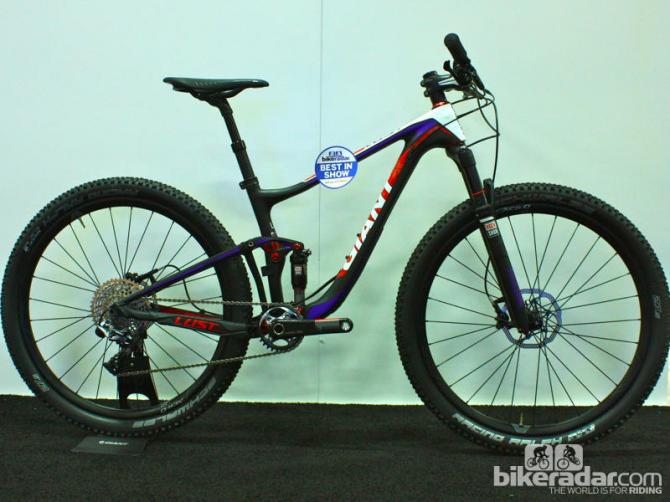
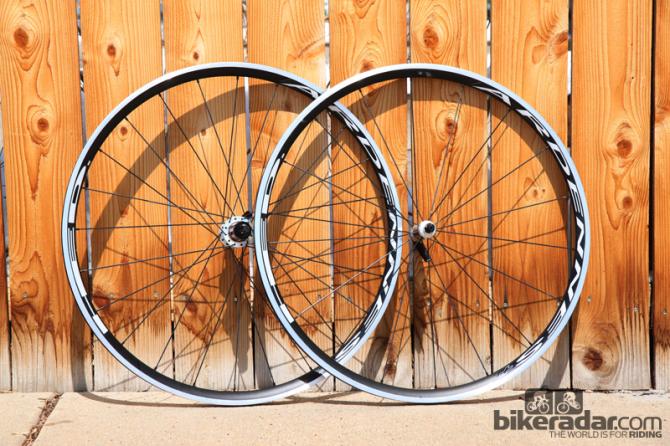
Will you remember 2013 as a year that completely changed bicycle technology? Maybe – or maybe not – but either way, each of the following innovations certainly is trying to shuffle up the deck. Pick one, enter your vote along with the other categories in our 2013 Cyclingnews Reader Poll and be entered to win Dan Martin's Cervelo.
Just a few years after 2x drivetrains took hold, an increasing number of mountain bikers are now embracing even simpler 1x transmissions – spearheaded by SRAM's groundbreaking XX1 group. Though not quite equal in terms of total gear ratio range relative to 2x options, well executed 1x setups still manage to provide a useful spread without having to worry about chain security, allowing for more aggressive riding, less weight, and less maintenance.
2013 may well go down as the beginning of the end for traditional 26" mountain bike wheels as virtually every major company has made the jump to slightly bigger 27.5" ones. Touted as faster rolling than 26" but more maneuverable and lighter than 29ers, 27.5" has fast taken over as the default standard for the trail, all-mountain, and enduro markets. Even downhill won't be far behind.
Engineers' aero scalpels finally took on road helmets en masse with nearly a dozen options hitting the market this year. Though it'll likely take a little while before aero road helmets' often unusual appearance gains mainstream acceptance, many riders have already been willing to make a sacrifice in style if it means saving a few seconds on the stopwatch.
Vibration has long been the bane of every bike designer's existence when it comes to boosting ride comfort. Bianchi's new Countervail technology embeds vibration-squelching layers of viscoelastic materials in between standard carbon fiber plies in strategic areas – and based on our test rides so far, it seems to work as advertised.
We live in an increasingly smartphone-equipped world and more companies than ever have begun to harness their computing power with dedicated cycling-specific accessories such as heart rate monitors and wireless speed and cadence sensors. If you already have an iPhone or Android device, there's often little motivation to purchase a cycling-specific device – and that's exactly what an increasing number of consumers seems to be doing.
Love them or hate them, hydraulic road disc brakes made a big splash in 2013 and they're not going away any time soon – or likely, ever. While intros by SRAM and Shimano haven't exactly been universally praised (SRAM just got hit with a recall and both systems are often criticized for their questionable aesthetics), the improved power and modulation can't be denied. If the UCI approves their use in road races, expect the floodgates to be opened even further in 2014.
Get The Leadout Newsletter
The latest race content, interviews, features, reviews and expert buying guides, direct to your inbox!
We all like to assume that our loved ones will return from solo rides safe and sound but the sad reality is that isn't always the case. The revolutionary ICEdot Crash Sensor attaches to the back of your helmet and automatically alerts selected recipients when a crash has been detected, not only informing key people (including emergency responders) of a life-threatening impact but also sending GPS coordinates so they know where to find you, too.
One of the biggest complaints about electronic transmissions has been their external battery packs, which up until now have been ugly blobs strapped to down tubes, seatposts, chain stays, and other unsightly locations. New internal options from Shimano, Campagnolo, and even third parties such as Calfee now tuck those power sources inside the frame for a much sleeker and cleaner look.
Thanks to the new Wahoo Fitness Segments app, you can not only tackle your local Strava segment indoors but you can now also virtually session any segment in the world. The technology on its own may not be incredibly revolutionary but given how the existence of Strava has already forever altered how many people ride outdoors, the residual effects of the Segments app could have more of an impact than we expect.
Wide-profile rims not only improve ride comfort by fattening up your tires but they also boost handling performance by increasing the size of the contact patch. Whereas wide-profile rims were once considered an odd curiosity, 2013 found them widespread from nearly every manufacturer across a wide range of user groups. In most situations, wider is indeed better.